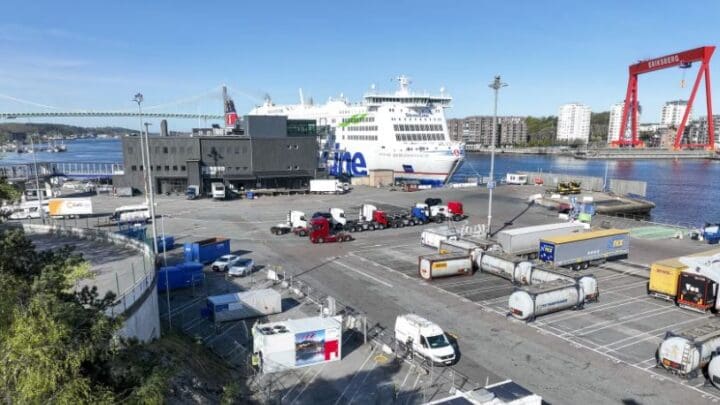
News
Hydrogen powers ships with electricity in pilot test at the Port of Gothenburg
A pilot project using a hydrogen generator to supply electricity to ships docked at the Port of Gothenburg is now in its final phase.
The method may pave the way for reduced emissions in other ports where conventional shore power connections are not feasible.
Powering ships with electricity instead of using their conventional engines while docked can save large amounts of carbon dioxide emissions.
The first facilities for connecting ships to shore-side electricity—known as On-shore Power Supply (OPS) — were installed at the Port of Gothenburg in the early 2000s.
At that time, the OPS-facilities at Stena Line’s terminals for Germany and Denmark traffic were among the first of their kind in the world.
However, many other ports in the EU and across the globe have not come as far and often lack necessary prerequisites. OPS systems require significant investment as well as a robust underlying electrical infrastructure in the ports. Mobile hydrogen generators, like the one currently being tested at Stena Line’s Germany terminal, may offer a promising way forward.
As part of a two-week pilot project, a hydrogen-powered generator has been connected to Stena Line’s existing shore power facility at the Port of Gothenburg. Using green hydrogen as fuel, the generator has supplied electricity to the vessel Stena Germanica and Stena Scandinavica while docked.
“At Stena Line, we are eager to collaborate to test new technologies aimed at reducing emissions from our industry. This project shows that there are alternative solutions for ports that lack the infrastructure for shore power,” said Anders Peterson, group head of port development and engineering at Stena Line.
